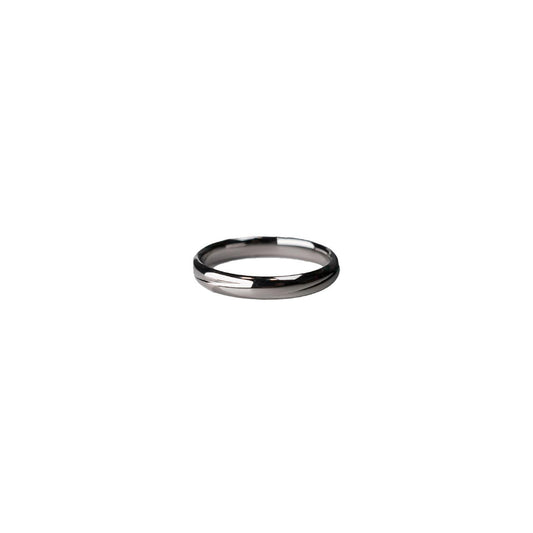Understanding the Ruby Beyond the Mohs Hardness Scale
Understanding the Ruby Beyond the Mohs Hardness Scale
There I was, standing in a modest gem store in the heart of Montana, rifling through a collection of vibrant stones when a ruby caught my eye. Its crimson allure was undeniable, and though I had come in looking for something entirely different—a birthday gift for my sister—a sudden curiosity about the ancient stone had me cornered. What about this little gem made it so captivating?
Rubies have long held court in the world of gemstones, not only because of their fiery beauty but also due to their enduring strength, reflected in their Mohs hardness scale rating of nine. This ranks just below diamond, which proudly sits at ten. For those familiar with geology—or just particularly enthusiastic about rock collections—the Mohs scale is a practical tool for understanding a stone's scratch resistance. But rubies are so much more than just a number on a scale.
Historically, rubies have been associated with passion and power. Their intense color, reminiscent of a burning flame, has symbolized love and courage across cultures. In India, they were known as "ratnaraj," meaning the king of gemstones, often worn as talismans by rulers and warriors. Perhaps this cultural gravity is why, even in a small jewelry shop in Montana, the pull of a ruby feels almost timeless.
The chemistry is fascinating too. Corundum, a crystal form of aluminum oxide, is where rubies and sapphires originate. It's the presence of chromium that gives rubies their blood-red hue. The more chromium, the redder—and often more valuable—the gem. Yet, even in their imperfections, rubies find their beauty. Slight variations in hue or minuscule inclusions are reminders of the earth's natural forces at play, crafting a unique narrative for each gem.
That day in the shop, I learned an interesting tidbit from the shop owner, who had an infectious enthusiasm for her stones. She mentioned that rubies could technically be considered "fancy sapphires" since sapphires and rubies are both made from the same mineral, corundum. It's the specific color that designates one from the other. This detail seemed to create even more depth to my appreciation of the ruby I was holding.
As I finally made my purchase—succumbing to the ruby’s undeniable charm—there was a moment's hesitation. Was this the right choice for my sister? A split second of doubt was quickly overtaken by the memory of us as kids, hunting for whatever treasures we could find in our backyard. Our finds may have not been as precious, but the thrill certainly was. I figured she’d appreciate the history and strength embedded in this stunning, resilient stone.
In our fast-paced world, where things are so often reduced to data points or numbers, it's easy to overlook the richness of stories that objects, even gems, can tell. Standing there with the ruby, I was reminded that while the Mohs hardness scale provides a fascinating lens through which to view gemstones, it’s only one facet of the story. The real narrative is woven from history, chemistry, and a little personal serendipity. Even now, I'm still not entirely sure what drew me to that particular ruby, but I like to think it chose me just as much as I chose it.


























